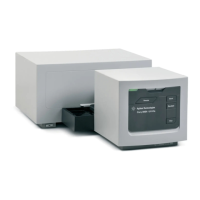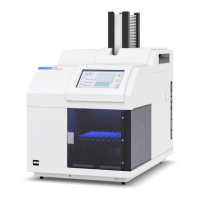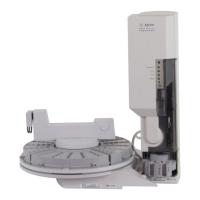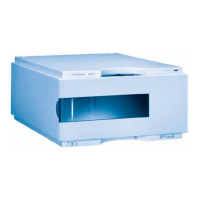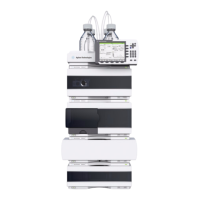96 Understanding Your Agilent ChemStation
4 Integration
Baseline Allocation
Standard Skims
The appropriate calculation is chosen for a particular application; by default,
the chosen method is a combination of exponential and straight line
calculations for the best fit.
The switch from an exponential to a linear calculation is performed in a way
that eliminates abrupt discontinuities of heights or areas.
• When the signal is well above the baseline, the tail-fitting calculation is
exponential.
• When the signal is within the baseline envelope, the tail fitting calculation
is a straight line.
The combination calculations are reported as exponential or tangent skim.
Skim Criteria
Two criteria determine whether a skim line is used to calculate the area of a
child peak eluting on the trailing edge of a parent peak:
• tail skim height ratio
• valley height ratio
These criteria are not used if a timed event for an exponential is in effect, or if
the parent peak is itself a child peak. The separation code between parent
peak and child peak must be of type Valley.
Tail Skim Height Ratio is the ratio of the baseline-corrected height of the parent
peak (Hp in Figure 19 on page 96) to the baseline-corrected height of the child
peak (Hc). This ratio must be greater than the specified value for the child
peak to be skimmed.
Figure 19 Skim criteria
=e
=k
=X

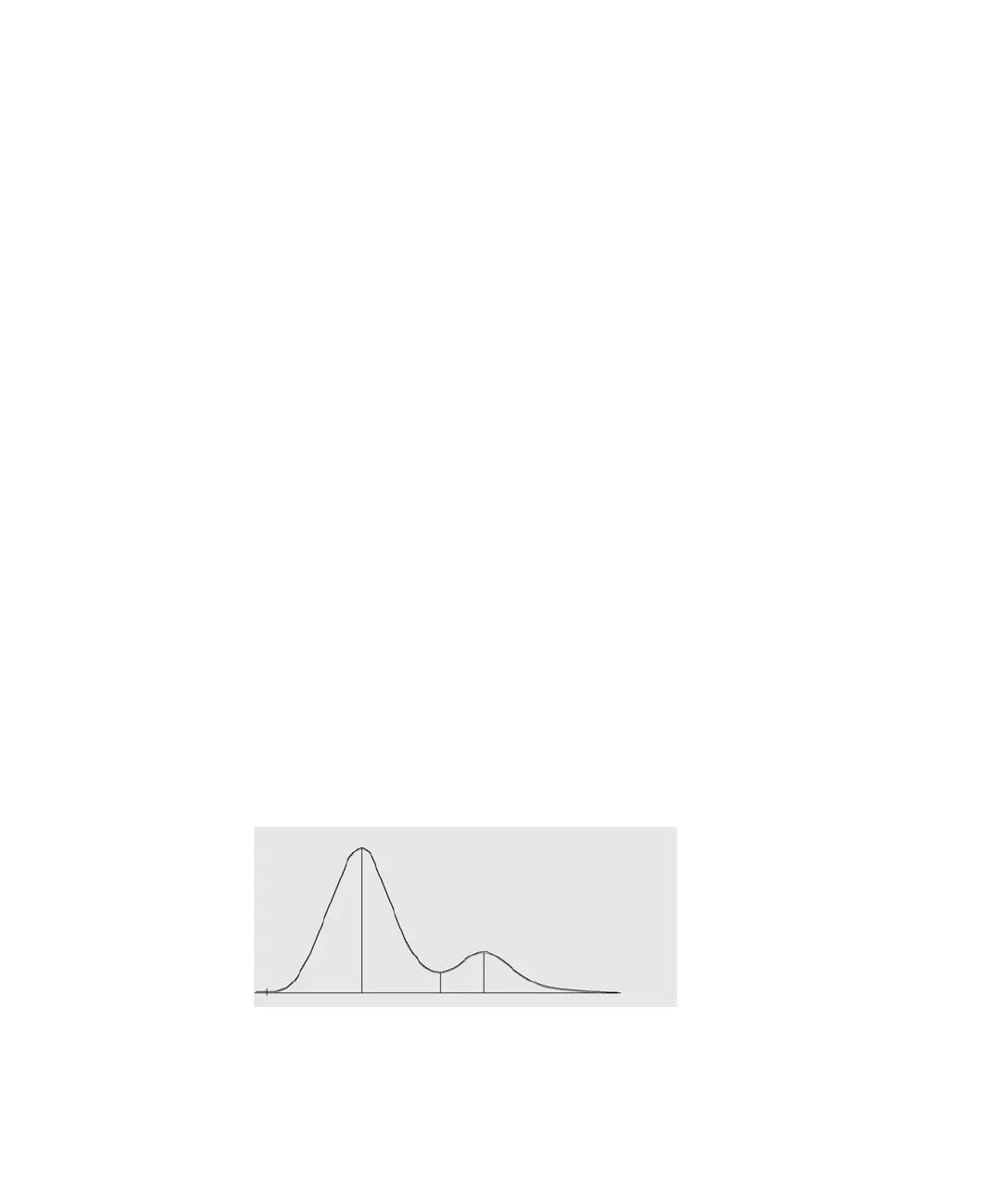